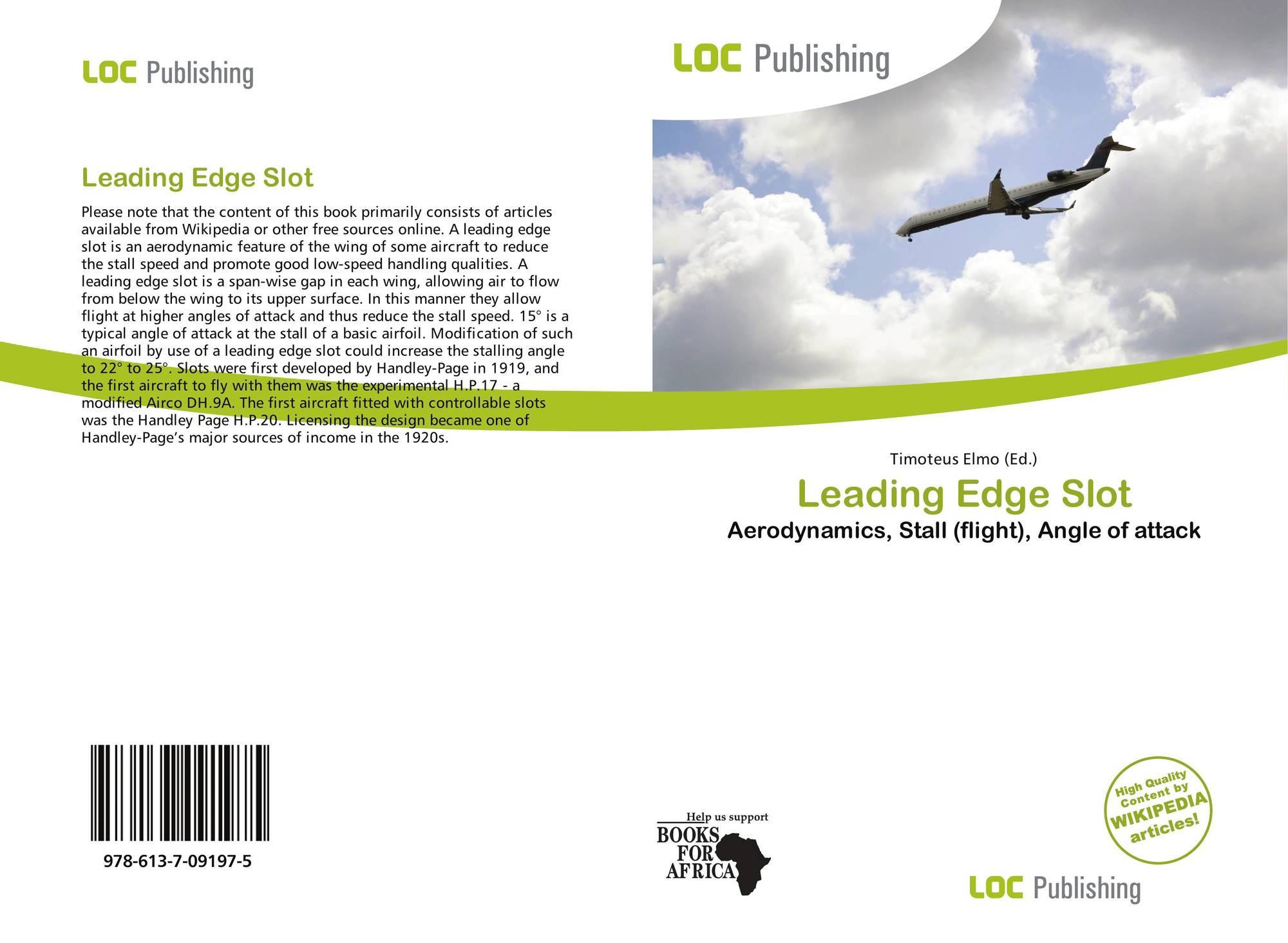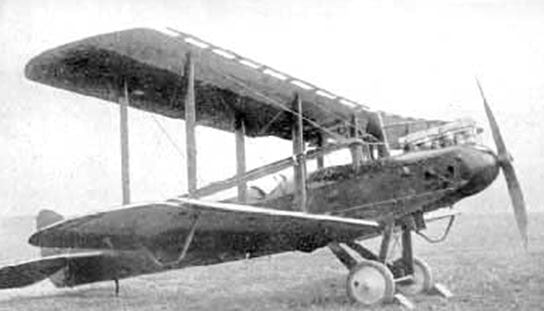Handley Page Slots
- Handley Page Slot
- Handley Page Slots Online
- Handley Page Victor
- Handley Page Slots Game
- Handley Page Slats
Independently of Lachmann, Handley Page Ltd in Great Britain also developed the slotted wing as a way to postpone the stall by delaying separation of the flow from the upper surface of the wing at high angles of attack, and applied for a patent in 1919; to avoid a patent challenge, they reached an ownership agreement with Lachmann. Handley Page slots on the leading edge of the wing outer panels, plus trailing-edge flaps, made possible a low landing speed. Accommodation was provided for a crew of four. Seven weeks after the first flight, the design was put into produc-tion, and the first examples entered RAF service in the autumn of 1938, 49 Squadron being the first unit. The two-seat Handley Page 'Hendon' became a related development of the single-seat Hanley but this ultimately abandoned aircraft program resulted in just six prototypes completed with a first-flight conducted during 1924. Handley Page British Patent No. 172,109, also relied upon in this connection by the defendant, covered the multi-slotted wing which preceded the invention of the slotted trailing-edge flap. This patent does not claim the same invention as the patent in suit. In the Handley Page type 39 biplane built for the Guggenheim safe aircraft competition, the Handley Page slot is used in addition to give extra lift, not as in the early Handley Page experiments by mechanically-operated slots and flaps, but by automatic slots and flaps extending over the entire top plane.
Leading-edge slat
Handley Page Slot

Leading-edge slat

and

- Handley Page H.P.20
Experimental monoplane modification of a de Havilland DH.9A, built to study controllable slots and slotted ailerons as high lift devices. The first aircraft to fly with controllable slots.Wikipedia
- Droop (aeronautics)
Type of high-lift device found on the wings of some aircraft. Panel that moves away from a wing leading edge when it is deployed.Wikipedia
- High-lift device
Component or mechanism on an aircraft's wing that increases the amount of lift produced by the wing. Deployed when required.Wikipedia
- Alula
Small projection on the anterior edge of the wing of modern birds and a few non-avian dinosaurs. Latin and means 'winglet'; it is the diminutive of ala, meaning 'wing'.Wikipedia
- Airco DH.9A
British single-engined light bomber designed and first used shortly before the end of the First World War. Development of the unsuccessful Airco DH.9 bomber, featuring a strengthened structure and, crucially, replacing the under-powered and unreliable inline 6-cylinder Siddeley Puma engine of the DH.9 with the American V-12 Liberty engine.Wikipedia
- Fieseler Fi 156
Small German liaison aircraft built by Fieseler before and during World War II. Production continued in other countries into the 1950s for the private market.Wikipedia
Handley Page Slots Online

- Handley Page
British aerospace manufacturer. The United Kingdom's first publicly traded aircraft manufacturing company.Wikipedia
- Boundary layer
Layer of fluid in the immediate vicinity of a bounding surface where the effects of viscosity are significant. Air layer near the ground affected by diurnal heat, moisture or momentum transfer to or from the surface.Wikipedia
- Angle of attack
Angle between a reference line on a body (often the chord line of an airfoil) and the vector representing the relative motion between the body and the fluid through which it is moving. Angle between the body's reference line and the oncoming flow.Wikipedia
- STOL
Acronym for a short takeoff and landing aircraft, which have short runway requirements for takeoff and landing. Many STOL-designed aircraft also feature various arrangements for use on runways with harsh conditions (such as high altitude or ice).Wikipedia
- Stall (fluid dynamics)
Reduction in the lift coefficient generated by a foil as angle of attack increases. Exceeded.Wikipedia
- Leading edge
Part of the wing that first contacts the air; alternatively it is the foremost edge of an airfoil section. Aerodynamic definition, the second a structural one.Wikipedia
- Airfoil
Cross-sectional shape of a wing, blade (of a propeller, rotor, or turbine), or sail (as seen in cross-section). Aerodynamic force.Wikipedia
- Drag (physics)
Force acting opposite to the relative motion of any object moving with respect to a surrounding fluid. This can exist between two fluid layers (or surfaces) or a fluid and a solid surface.Wikipedia
- Aerodynamics
Study of motion of air, particularly as interaction with a solid object, such as an airplane wing. Sub-field of fluid dynamics and gas dynamics, and many aspects of aerodynamics theory are common to these fields.Wikipedia
- Flap (aeronautics)
Aircraft wing at a given airspeed. Flaps are usually mounted on the wing trailing edges of a fixed-wing aircraft.Wikipedia
and
Handley Page Victor
- These wings often use aerodynamic devices like flaps, slots, slats, and vortex generators.STOL-Wikipedia
- The design was also fitted with Handley-Page wing slots (actually, leading-edge slats).Messerschmitt Bf 110-Wikipedia
- Other types of foils, both natural and man-made, seen both in air and water, have features that delay or control the onset of lift-induced drag, flow separation, and stall (see Bird flight, Fin, Airfoil, Placoid scale, Tubercle, Vortex generator, Canard (close-coupled), Blown flap, Leading edge slot, Leading edge slats), as well as Wingtip vortices (see Winglet).Foil (fluid mechanics)-Wikipedia
- While the aerodynamic effect of Krueger flaps may be similar to that of slats or slots (in those cases where there is a gap or slot between the flap trailing edge and wing leading edge), they are deployed differently.Krueger flap-Wikipedia
- The six Hendons were used for extensive trials to investigate various configurations of leading edge slots/slats.Handley Page Hendon-Wikipedia
- Originally it consisted of a new set of Pega-STOL wings with retractable leading edge slats to be installed on Zenair CH 701 STOLs to replace their wings which have fixed leading edge slots.Tapanee Pegazair-100-Wikipedia
Handley Page Slots Game
This will create an email alert. Stay up to date on result for: Leading-edge slat & Leading-edge slot